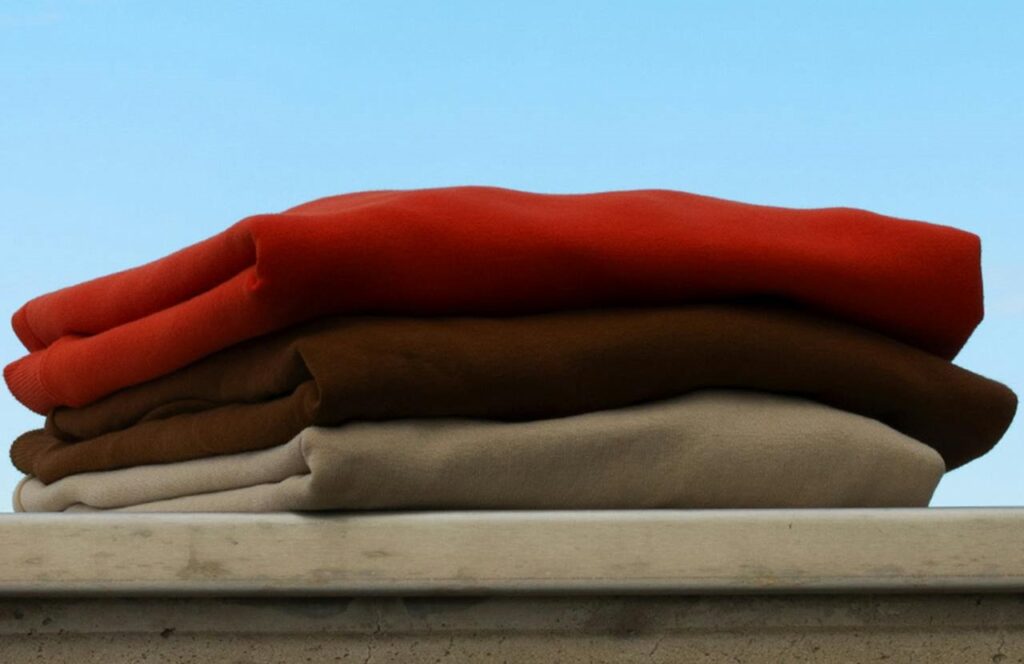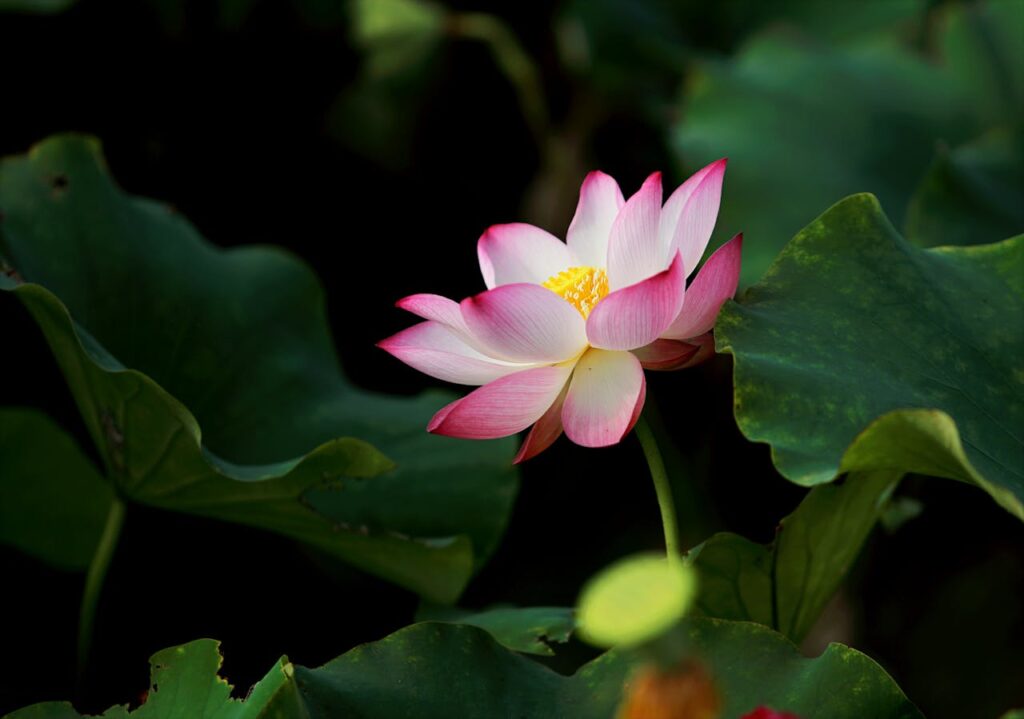Lotus fiber, scientifically known as Nelumbo nucifera, is proven to be a good source of textile fiber. Though it was first produced in Myanmar, it is now popularly woven in Vietnam. Lotus silk is considered one of the most expensive fabrics. But the question arises here ‘WHY’? Before knowing about the reason, the features of this fibre are needed to know.
Characteristics of Lotus Fabric:
In the era of fast fashion, lotus fibre has a lot to offer. The materials are recyclable and reusable. Moreover, they can be made into new clothing items. The citizens strongly suggest it because of its long-lasting properties. In addition, it has the following characteristics:
- Resiliency
- Hydrophilicity
- antibacterial properties
- soft hand feel
- hypoallergenic
- anti-odor & anti-sweat fabric
Justifications for the costs for Lotus Fiber:
This fabric is made of a delicate lotus stem. This whole process is hard and time-consuming. As the stem needs to be treated extra carefully, the process doesn’t involve much chemical treatment, which eventually takes the road to manual steps.The process contains following steps:
1. A shallow knife is used to cut around a bunch of five or six stems. They are quickly snapped off and twisted in order to reveal 20-30 tiny but long white filaments. Eventually, a single thread that is coiled from those onto a plate.
2. Only chemical stage which is included in the whole fibre extraction process is done next for retting. Basically sodium hydroxide boil degum and hydrogen peroxide bleach method are widely utilized for this job.
3. After pulling off the stem, women tug a long strand of fibers from the portions.The whole process is done by a twisting motion, spinning a long thread.
4. On hand looms, the thread is first cleaned, dried, and then woven.
It’s regarded as one of the labor-intensive fibers because of this method. That eventually bites the bullet. According to documentation on lotus fiber, it takes around 9200 stems and two months just to make a simple 36 cm long scarf. Perhaps, this costs at least 10 times more than the regular one.
But at the end of the day, the question is still open. Does the high price make sense?
Lotus fiber is initially delicate, but once it is weaved, it gains strength that is comparable to that of conventional silk. Fabrics made from this fiber are environment-friendly as well as sustainable. In recent days, when the world faces great challenges from global warming, people turn more and more towards sustainable solutions.
This is the reason, that lotus fiber is highly sought-after worldwide, despite its expensive cost.

References :
- Google Scholar
- Youtube documentation
- Image from Mike Murray: https://www.pexels.com

